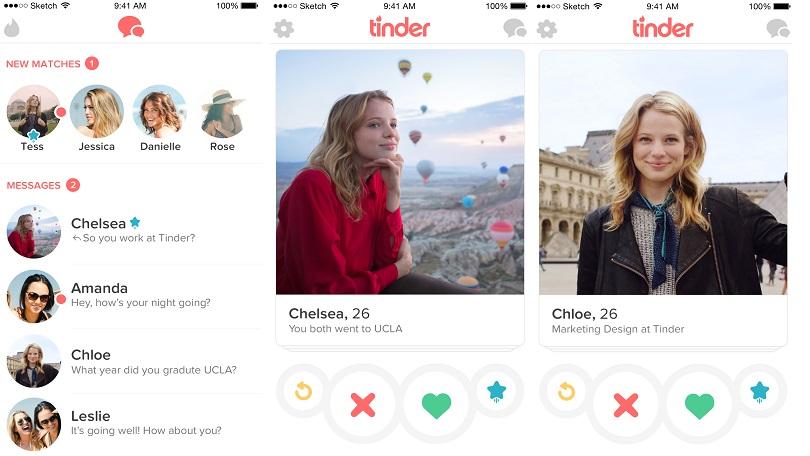Those who’ve not developed apps may well be unaware that both Apple and Google take a 30% cut of purchases made through their respective App Stores, both in up-front paid app sales, as well as in-app purchases. For new developers, this probably isn’t a huge concern – that 30% gets you exposure on those stores, pays for hosting, distribution and the like.
For larger developers though, that 30% cut probably isn’t relative to the earnings made, and there’s a growing number of services looking for ways to avoid having to pay Google for – in some cases – little more than processing a payment.
Tinder is the latest app to make the move, all but ditching Google’s in-app payment option for subscriptions going forward. Customers will be prompted to enter their payment card details directly into the app OR to proceed with Google Play billing. However, once they enter credit card details, the in-app billing option disappears, never again to reappear.
Soo… it looks like the Tinder bypass could work h/t @benthompson for the Google Play knowledge and @JerryCap for the primary diligence on Tinder Gold 😎 pic.twitter.com/2Z9JbcFZTn
— modest proposal (@modestproposal1) July 19, 2019
The clear winner here is Tinder, which gets to pocket 100% of subscription fees (minus payment processing fees I guess), instead of pocketing 70%. For users, its a pain in the ass, as instead of subscribing easily in-app, they have to remember (or find) their card details and punch them in.
For one app, maybe it isn’t a big deal, but if every app goes down this path, it’ll be a major headache. It’s also a privacy and security concern, as the more places that have your credit card details, the greater the risk of them being compromised.
Tinder isn’t the only app doing this. Netflix originally allowed customers to subscribe in-app, but that 30% cut to Google made this rather unappealing longer term, and so now Netflix customers wanting to subscribe in-app are redirected to the Netflix website to do so. Spotify does the same thing.
Tinder could quite easily remain compliant with Google Play policies by moving its subscription option from in-app to a website, but as an app-only ecosystem, it might be harder to do so. Some apps – such as Amazon’s Kindle app – show the Amazon website in a web view built into the app, keeping it as seamless as possible without having to hand over a 30% cut to Google.
Instead, Tinder’s app – for now – remains on Google Play as a free download, in apparent breach of Google’s policies.
While the loss of 30% revenue on Tinder subscriptions is unlikely to hurt Google’s bottom line (who subscribes to that garbage, anyway?), one can’t imagine Google letting such a blatant flouting of its policies going without a response.





There’s also a browser based version of Tinder so I suspect the reason they’re trying to bypass Google Play (and most likely the App Store on iOS as well) for their subscriptions is so that people can use the same subscription cross platform.
That explains a little bit, but I bet 30% of Tinder’s subscription revenue that they’re not doing this to simply subscriptions, and more to dodge paying Google any share of their revenue. Seems a bit cheeky imo.